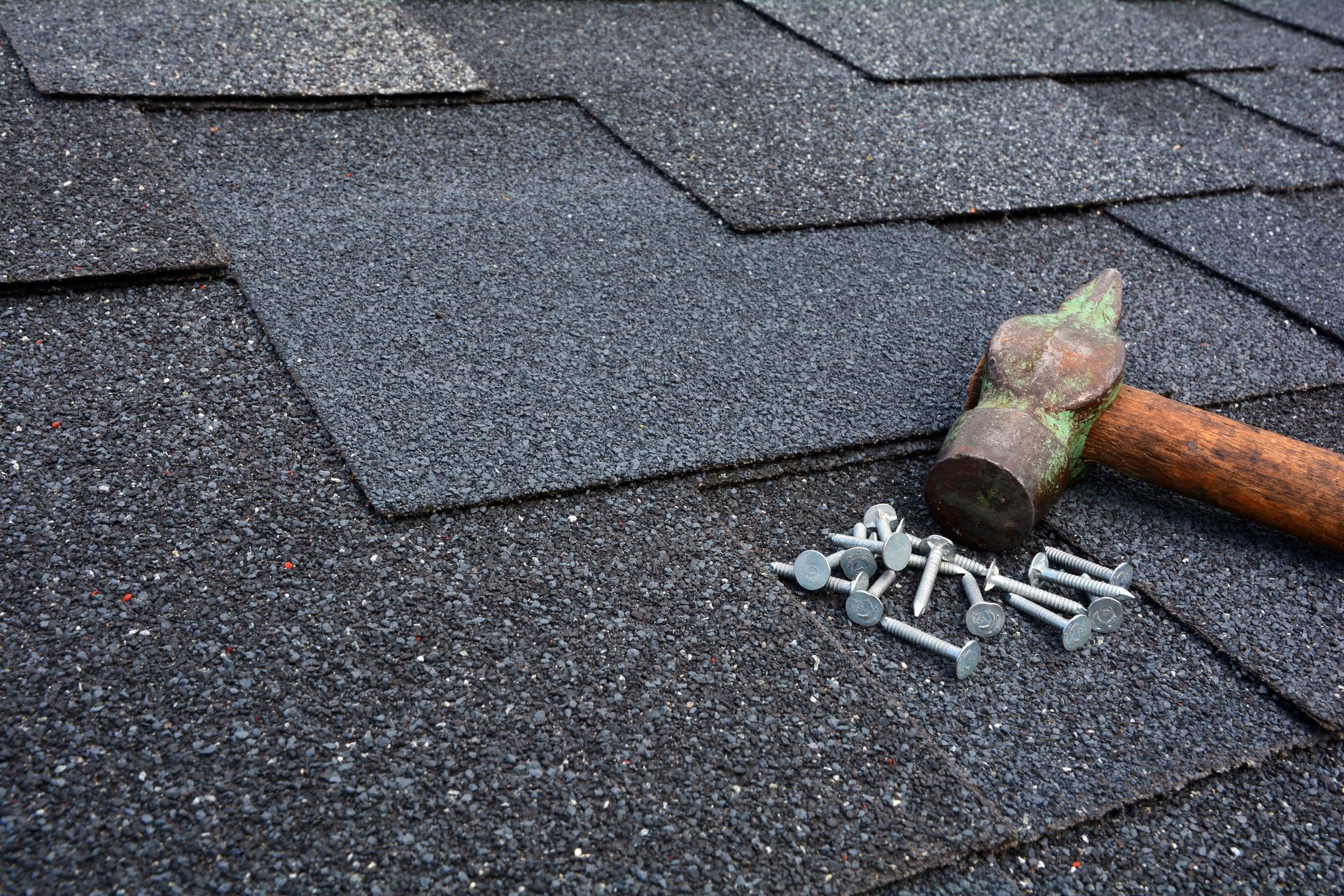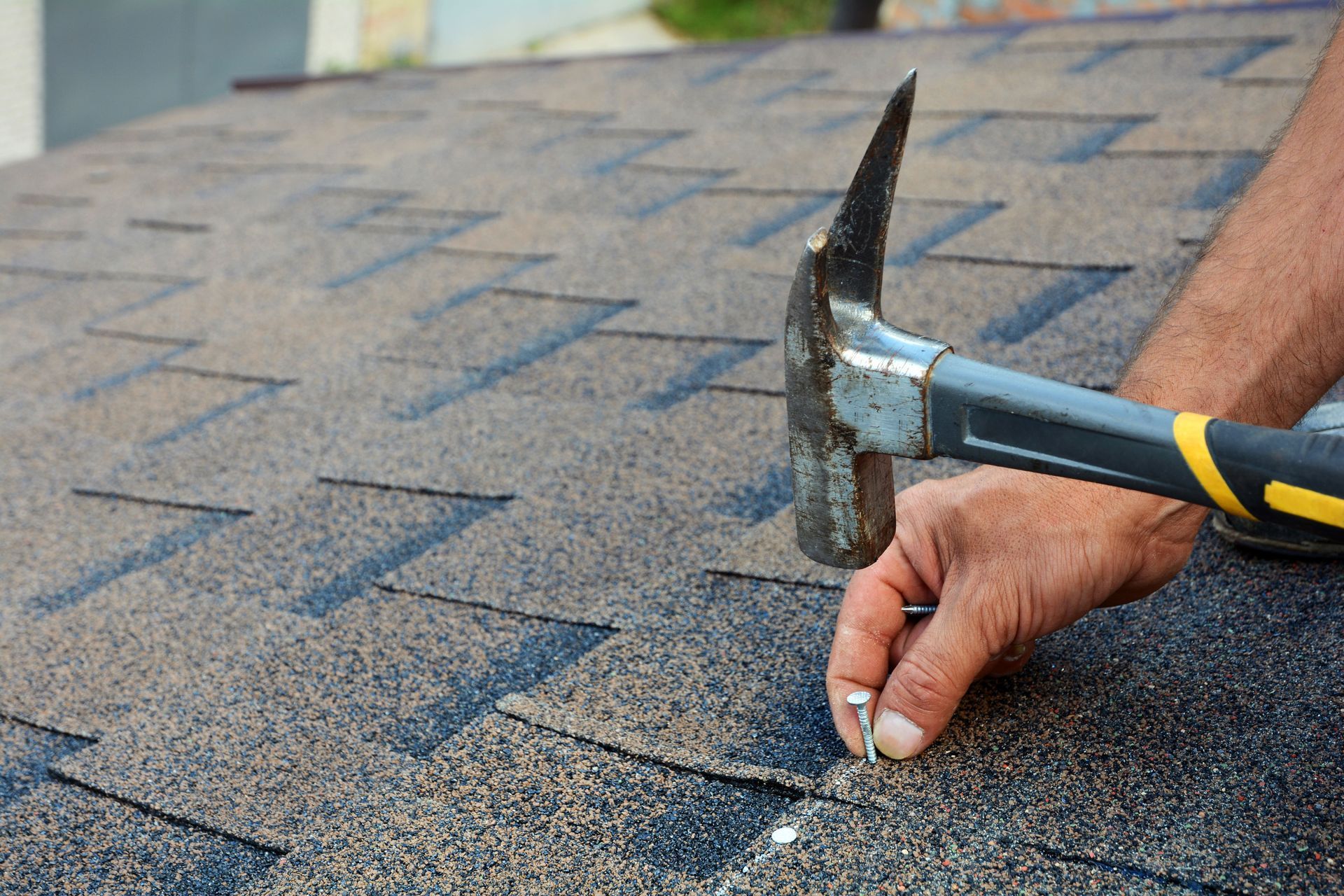October 31, 2025
Winter weather can be harsh on your home, and your roof is your first line of defense. As temperatures drop, snow and ice accumulate, and strong winds batter your property, any weaknesses in your roof become more vulnerable. Ignoring minor issues now can lead to significant problems later, including leaks, water damage, and expensive structural repairs. Homeowners often underestimate how much impact a neglected roof can have during the cold months. Proactively addressing roof issues before winter arrives is essential to protect both your home and your peace of mind.
Preparing your home for winter isn’t just about sealing windows or checking the furnace: it starts at the top. Identifying early signs that your roof may need repairs can save you from unexpected emergencies and costly repairs in the dead of winter. From missing shingles to water stains in your attic, there are warning signs that shouldn’t be ignored. Explore the top five signs you need roof repairs before winter, helping you keep your home safe, dry, and energy-efficient during the colder months.
1. You Spot Missing or Damaged Shingles
One of the most obvious signs that your roof may need attention is missing or damaged shingles. Shingles serve as the primary barrier against rain, snow, and wind, and even a small area of damage can compromise your roof’s integrity. Look for curling, cracked, or loose shingles, which are often a result of prolonged exposure to the elements or poor installation. When shingles are missing, the underlying layers of your roof are exposed, leaving your home susceptible to leaks and further deterioration.
Winter weather, especially snow and ice, can exacerbate these problems. Ice dams can form on areas with damaged shingles, leading to water seepage under the roof. Additionally, strong winter winds can lift loose shingles, potentially causing them to fall off entirely. Addressing shingle damage early is a cost-effective way to prevent more serious structural issues and water damage inside your home.
Even minor cosmetic issues should not be ignored. While a single missing shingle may not seem urgent, it can quickly become a gateway for water infiltration. Scheduling roof repairs promptly ensures that your roof remains fully functional and able to withstand the weight of snow and ice. Maintaining the protective layer of shingles is crucial to your roof’s longevity and your home’s overall safety.
2. You Identify Leaks or Water Stains
Water stains on your ceiling or walls are clear signs that something is wrong with your roof. These stains often start small but can grow quickly, indicating that moisture has penetrated the roofing materials. Even a minor leak can lead to significant damage, including mold growth, rotting wood, and compromised insulation. When inspecting your home for roof issues, check attics and ceilings for discoloration, sagging, or wet spots.
According to This Old House, your roof should be inspected once a year or after any extreme weather event. This routine inspection helps catch leaks early and allows homeowners to schedule roof repairs before minor problems become major. Waiting until a noticeable leak appears can put your home at risk for costly damage during winter storms when repairs are more difficult and expensive.
Even if you haven’t noticed obvious water damage inside your home, check for subtle signs such as peeling paint, musty odors, or damp insulation. These indicators can suggest underlying leaks that only a professional roofer can detect. Addressing leaks and water damage promptly ensures your roof remains strong and your home protected throughout the winter months.
3. You Notice Sagging or an Uneven Roof Deck
A sagging or uneven roof deck is a serious warning sign that requires immediate attention. This issue often indicates structural problems caused by water damage, excessive weight, or deterioration of supporting materials. A roof that is visibly sagging is not just a cosmetic concern—it’s a potential safety hazard that can worsen under the weight of snow and ice during winter.
Uneven roof surfaces may also allow water to pool, increasing the risk of leaks and damage. Check your roof from the ground for noticeable dips, uneven lines, or areas where the roof appears to be sinking. These signs suggest that the underlying structure may need reinforcement or that roof repairs are necessary to prevent further damage.
Homeowners should not attempt to fix structural issues on their own, as this can be dangerous and may void insurance coverage. Consulting a professional ensures that any sagging or uneven areas are properly addressed. Taking care of structural problems before winter ensures your roof can support snow accumulation and withstand winter storms without compromising the safety of your home.
4. You See Damaged Flashing or Seals
Flashing and seals around chimneys, vents, skylights, and other roof penetrations are critical for preventing water intrusion. Damaged or deteriorated flashing can allow water to seep into your home, leading to rot, mold, and interior damage. Flashing may be cracked, rusted, or loose, especially after heavy winds or hailstorms. Checking these areas regularly is an important part of maintaining your roof’s integrity.
Roof repairs often include replacing or resealing damaged flashing to prevent leaks and ensure the roof remains watertight. Pay attention to any gaps, lifting, or missing sections around roof joints, as these are vulnerable points that can cause significant problems during winter weather. Prompt attention to these areas prevents small leaks from escalating into major structural issues.
Even if your shingles appear intact, compromised flashing can undermine the protection of your roof. Professional inspection can identify hidden weaknesses and recommend necessary repairs to keep your home safe. By addressing flashing and seal issues before winter, you can avoid emergency repairs and maintain the efficiency and safety of your roofing system.
5. You Suspect Excessive Granule Loss
Shingles are coated with granules that protect them from UV rays and provide durability. Over time, these granules may start to wear off, creating bald spots on your roof. Excessive granule loss can accelerate shingle deterioration, reduce water resistance, and shorten the lifespan of your roof. One easy way to check for granule loss is to look in your gutters for an accumulation of granules, which can be washed away by rain.
Granule loss is not always immediately visible from the ground, so close inspection or a professional assessment is often necessary. Shingles with significant granule wear are more susceptible to cracking, curling, and wind damage. Winter weather can further stress weakened shingles, increasing the likelihood of leaks and costly repairs.
Addressing granule loss early with roof repairs or shingle replacement ensures that your roof maintains its protective qualities. By catching this issue before winter, you can safeguard your home from water damage, ice formation, and the added stress of snow load. Maintaining the health of your shingles is essential to prolonging the life of your roof and protecting your investment.
Your roof is one of the most critical components of your home, and neglecting its maintenance can have serious consequences, especially during winter. Missing shingles, leaks, sagging areas, damaged flashing, and granule loss are all clear signs that repairs are necessary.
Winter storms are unpredictable, and a small roofing problem can quickly escalate under heavy snow or ice. Regular inspections, attention to warning signs, and timely roof repairs are key to preventing damage and ensuring your roof lasts for years to come. By acting on these signs, you’ll ensure a warm, dry, and secure winter for your household.
Protect your home before winter hits. Contact Empire Roofing and Construction today to schedule reliable roof repairs and ensure your roof is ready for the season. Don’t wait for leaks or damage; let our team keep your home safe and secure.



